Access Point Selection in Cell-Free Massive Multiple-Input Multiple-Output Non-Orthogonal Multiple Access System Based on Quantum Bacterial Foraging Optimization
-
摘要: 去蜂窝大规模多输入多输出非正交多址(MIMO-NOMA)系统的接入点(AP)选择,对有效降低系统的回程链路开销、提高用户的下行可达速率影响较大。该文针对AP选择的去蜂窝大规模MIMO-NOMA系统下行链路建立了用户平均速率的表达式;在此基础上,提出了基于量子菌群优化(QBFO)的AP选择方案,将AP与用户的连接关系以量子比特的形式编码,利用自适应量子旋转门模拟细菌趋化,实现细菌位置更新,通过对量子细菌种群进行测量,获得AP与用户的选择解集,并引入驱散操作避免算法陷入局部最优。实验结果表明,所提方案能够在降低回程链路开销的同时显著提高用户的下行平均速率,相较于基于接收功率和基于信道估计均方误差的AP选择方案,该文所提方案在降低用户间干扰、提高系统总吞吐量方面表现更优。Abstract: Access Point(AP) selection in cell-free massive Multiple-Input Multiple-Output Non-Orthogonal Multiple Access(MIMO-NOMA) system has a great impact on effectively reducing the backhaul overhead and improving the user’s downlink achievable rate. In this paper, the expression of the downlink average rate of the user is derived for the cell-free massive MIMO-NOMA system using AP selection. Then, a novel AP selection strategy based on Quantum Bacterial Foraging Optimization(QBFO) is proposed, which encodes the connection relationship between APs and users in the form of qubits. The adaptive quantum rotation gate is used to simulate the chemotaxis of bacteria. By measuring the quantum bacterial population, the selection solution set of APs and the users is obtained, and the dispersal operation is introduced to avoid the algorithm from falling into local optimum. Numerical results show that the proposed scheme can significantly improve the downlink average rate of users while relieving the backhaul burden. Compared with the schemes based on received power and channel estimation mean square error, the proposed scheme has better performance in reducing inter-user interference and improving the total throughput of the system.
-
表 1 仿真参数
参数 参数值 阴影衰落标准差$ {\sigma _{{\text{sh}}}} $(dB) 8 噪声系数(dB) 9 信道相干时间${\tau _c}$ 200 系统带宽$W$(MHz) 20 导频功率$ {\bar p_{\text{p}}} $(mW) 100 下行发射功率$ {\bar p_{\text{d}}} $(mW) 200 -
[1] LI Yikai and BADUGE G A A. NOMA-aided cell-free massive MIMO systems[J]. IEEE Wireless Communications Letters, 2018, 7(6): 950–953. doi: 10.1109/LWC.2018.2841375 [2] NGUYEN T K, NGUYEN H H, and TUAN H D. Max-min QoS power control in generalized cell-free massive MIMO-NOMA with optimal backhaul combining[J]. IEEE Transactions on Vehicular Technology, 2020, 69(10): 10949–10964. doi: 10.1109/TVT.2020.3006054 [3] OHASHI A A, DA COSTA D B, FERNANDES A L P, et al. Cell-free massive MIMO-NOMA systems with imperfect SIC and non-reciprocal channels[J]. IEEE Wireless Communications Letters, 2021, 10(6): 1329–1333. doi: 10.1109/LWC.2021.3066042 [4] KUSALADHARMA S, ZHU Weiping, AJIB W, et al. Achievable rate characterization of NOMA-aided cell-free massive MIMO with imperfect successive interference cancellation[J]. IEEE Transactions on Communications, 2021, 69(5): 3054–3066. doi: 10.1109/TCOMM.2021.3053613 [5] ZHANG Yao, CAO Haotong, ZHOU Meng, et al. Non-orthogonal multiple access in cell-free massive MIMO networks[J]. China Communications, 2020, 17(8): 81–94. doi: 10.23919/JCC.2020.08.007 [6] LE Q N, NGUYEN V D, DOBRE O A, et al. Learning-assisted user clustering in cell-free massive MIMO-NOMA networks[J]. IEEE Transactions on Vehicular Technology, 2021, 70(12): 12872–12887. doi: 10.1109/TVT.2021.3121217 [7] BUZZI S and D’ANDREA C. Cell-free massive MIMO: User-centric approach[J]. IEEE Wireless Communications Letters, 2017, 6(6): 706–709. doi: 10.1109/LWC.2017.2734893 [8] NGO H Q, TRAN L N, DUONG T Q, et al. On the total energy efficiency of cell-free massive MIMO[J]. IEEE Transactions on Green Communications and Networking, 2018, 2(1): 25–39. doi: 10.1109/TGCN.2017.2770215 [9] BJÖRNSON E and SANGUINETTI L. Scalable cell-free massive MIMO systems[J]. IEEE Transactions on Communications, 2020, 68(7): 4247–4261. doi: 10.1109/TCOMM.2020.2987311 [10] WANG Rui, SHEN Min, HE Yun, et al. Performance of cell-free massive MIMO with joint user clustering and access point selection[J]. IEEE Access, 2021, 9: 40860–40870. doi: 10.1109/ACCESS.2021.3056051 [11] DAO H T and KIM S. Power allocation and user-AP connection in distributed massive MIMO systems[J]. IEEE Communications Letters, 2021, 25(2): 565–569. doi: 10.1109/LCOMM.2020.3036086 [12] DAO H T and KIM S. Effective channel gain-based access point selection in cell-free massive MIMO systems[J]. IEEE Access, 2020, 8: 108127–108132. doi: 10.1109/ACCESS.2020.3001270 [13] LI Fei, ZHANG Yuting, WU Jiulong, et al. Quantum bacterial foraging optimization algorithm[C]. 2014 IEEE Congress on Evolutionary Computation (CEC), Beijing, China, 2014: 1265–1272. [14] LI Fei, JI Wei, TAN Sijia, et al. Quantum bacterial foraging optimization: From theory to MIMO system designs[J]. IEEE Open Journal of the Communications Society, 2020, 1: 1632–1646. doi: 10.1109/OJCOMS.2020.3031449 [15] NGO H Q, ASHIKHMIN A, YANG Hong, et al. Cell-free massive MIMO versus small cells[J]. IEEE Transactions on Wireless Communications, 2017, 16(3): 1834–1850. doi: 10.1109/TWC.2017.2655515 -






 下载:
下载:
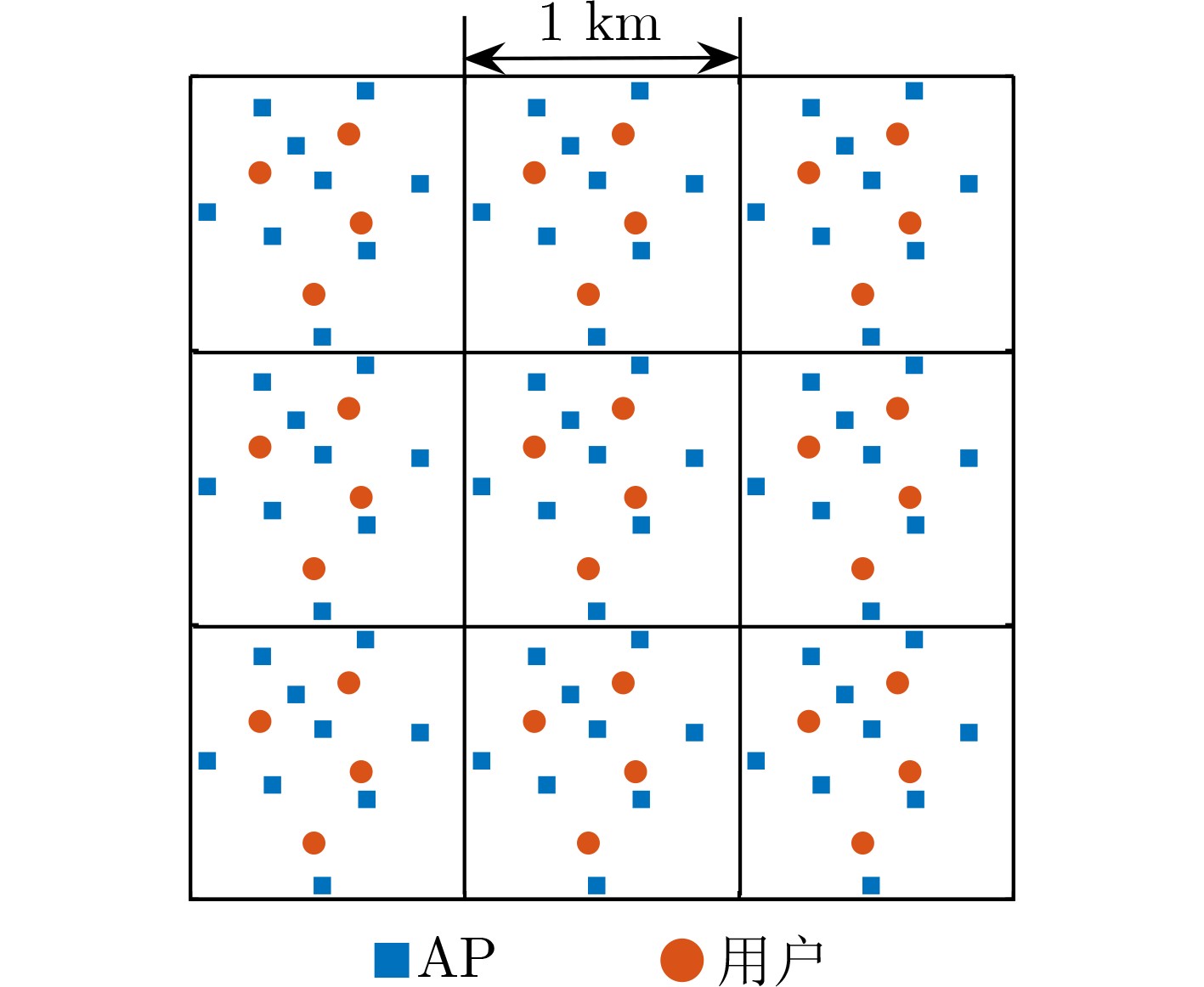
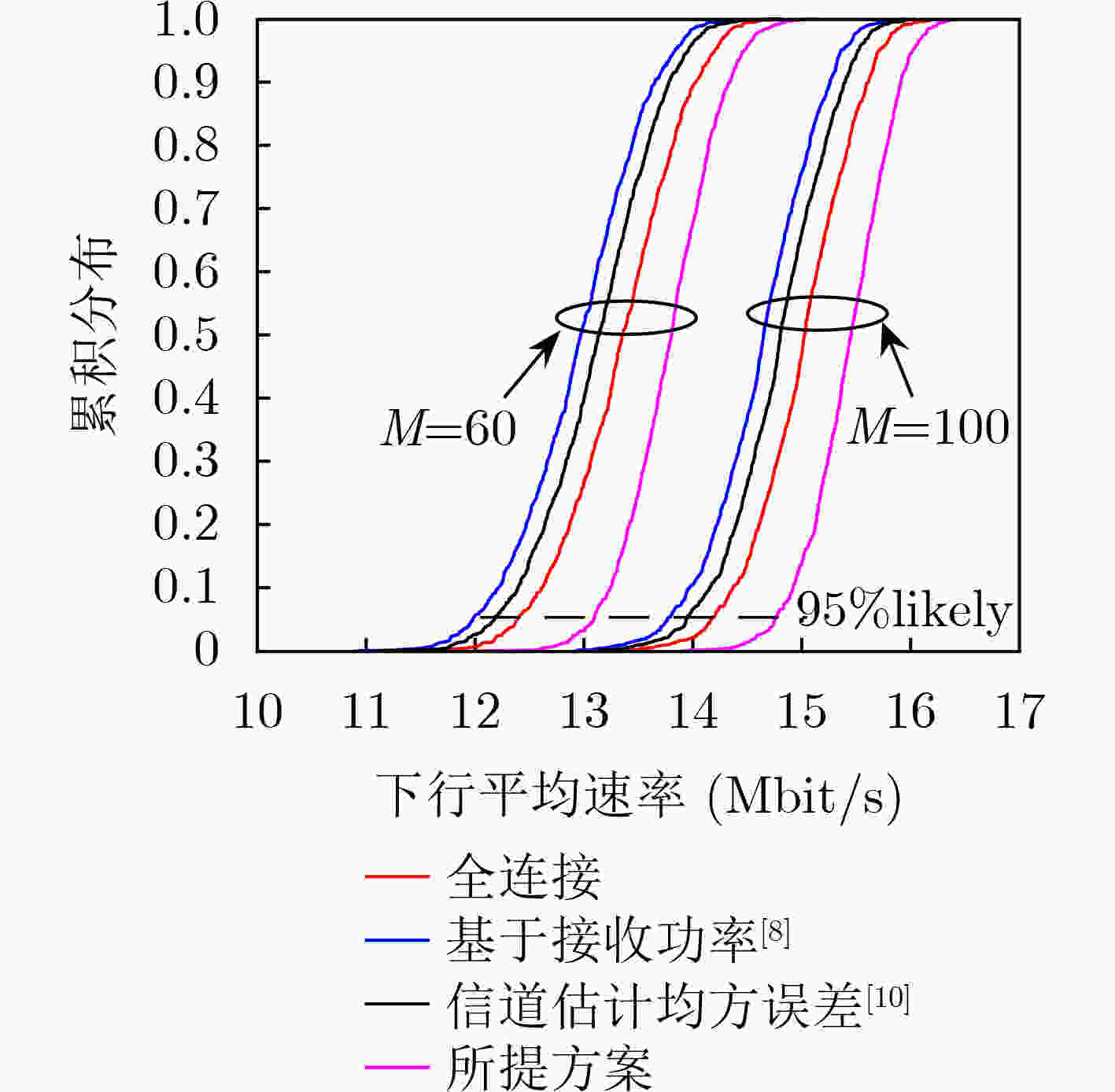
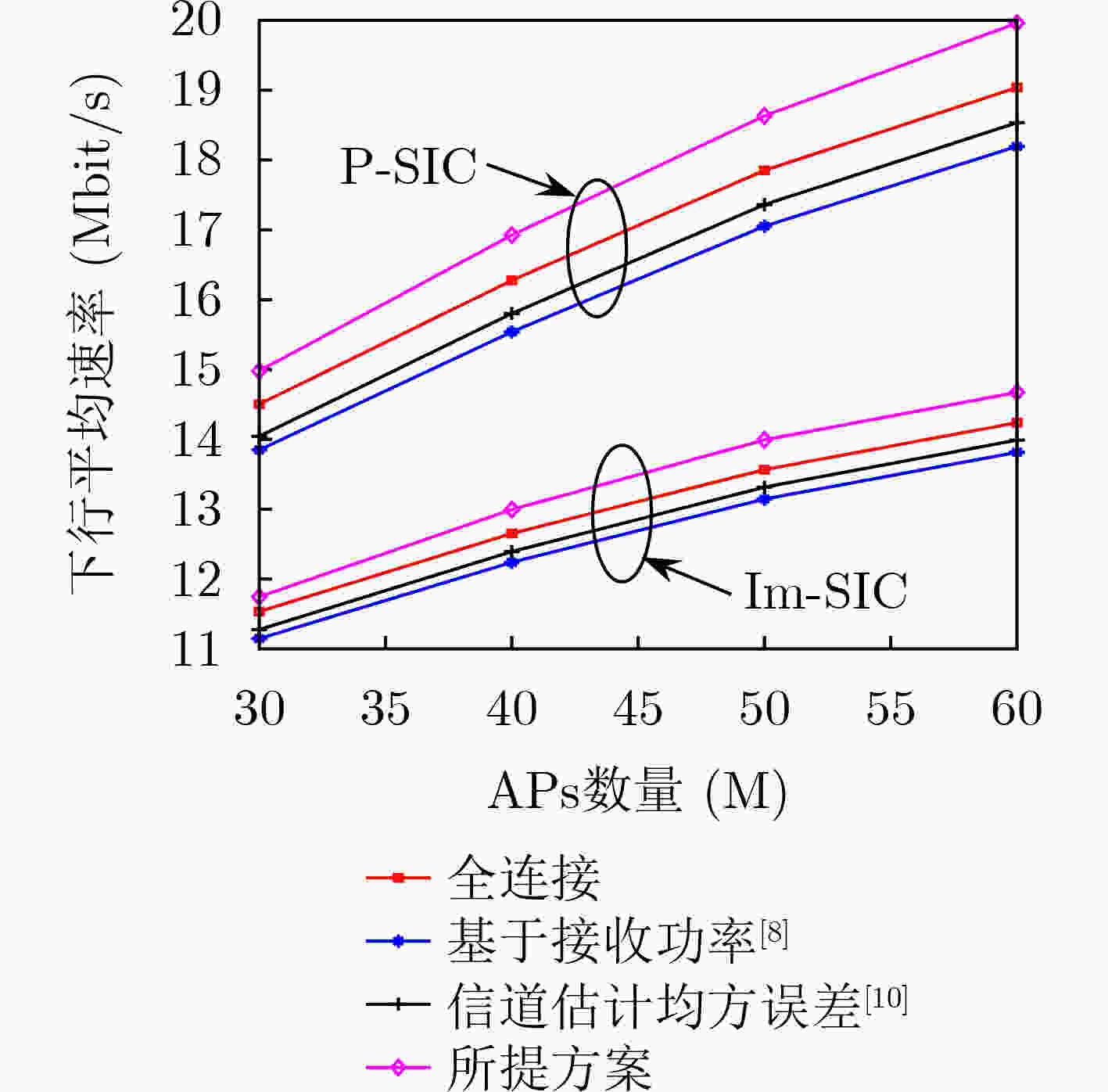
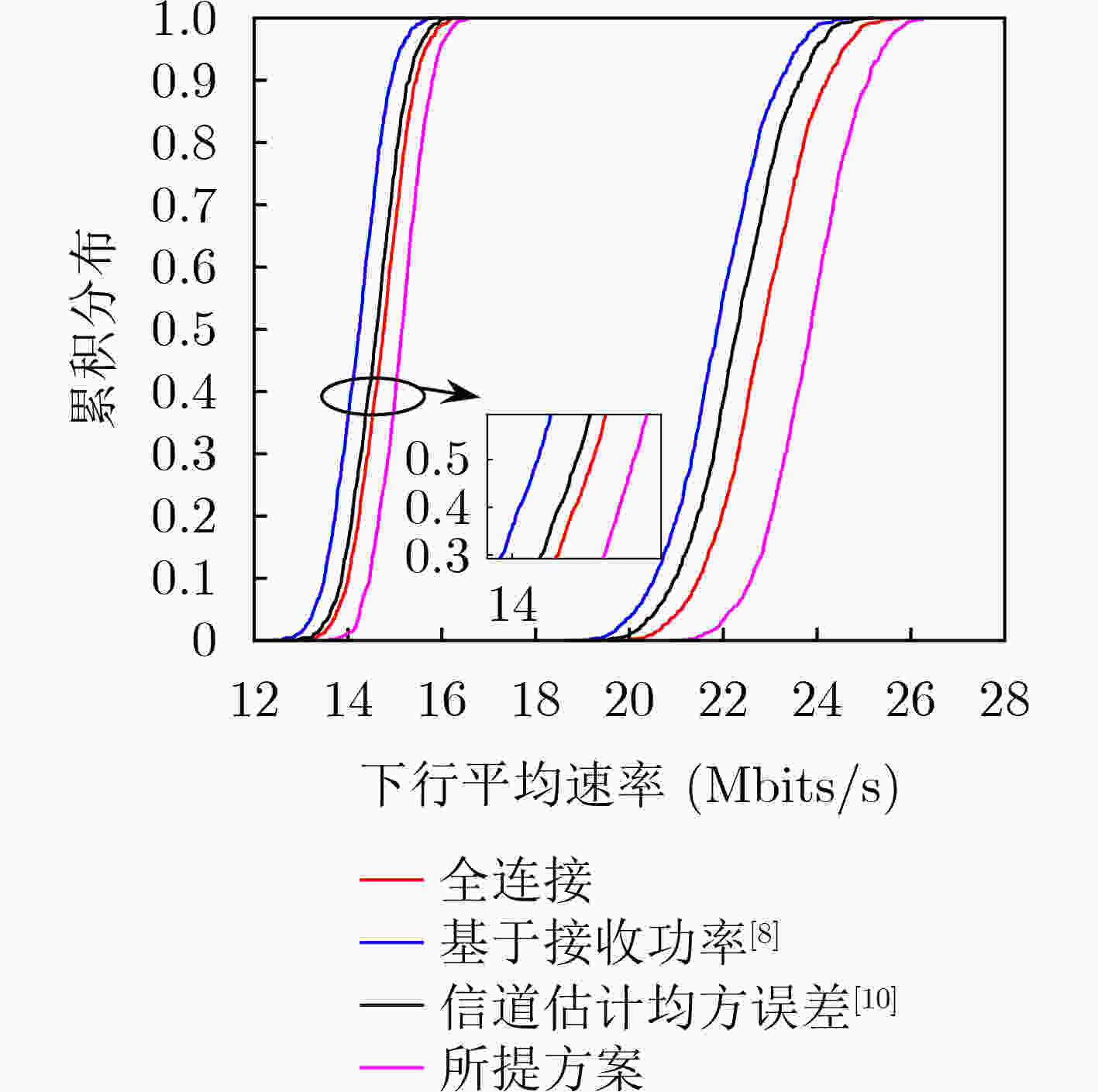
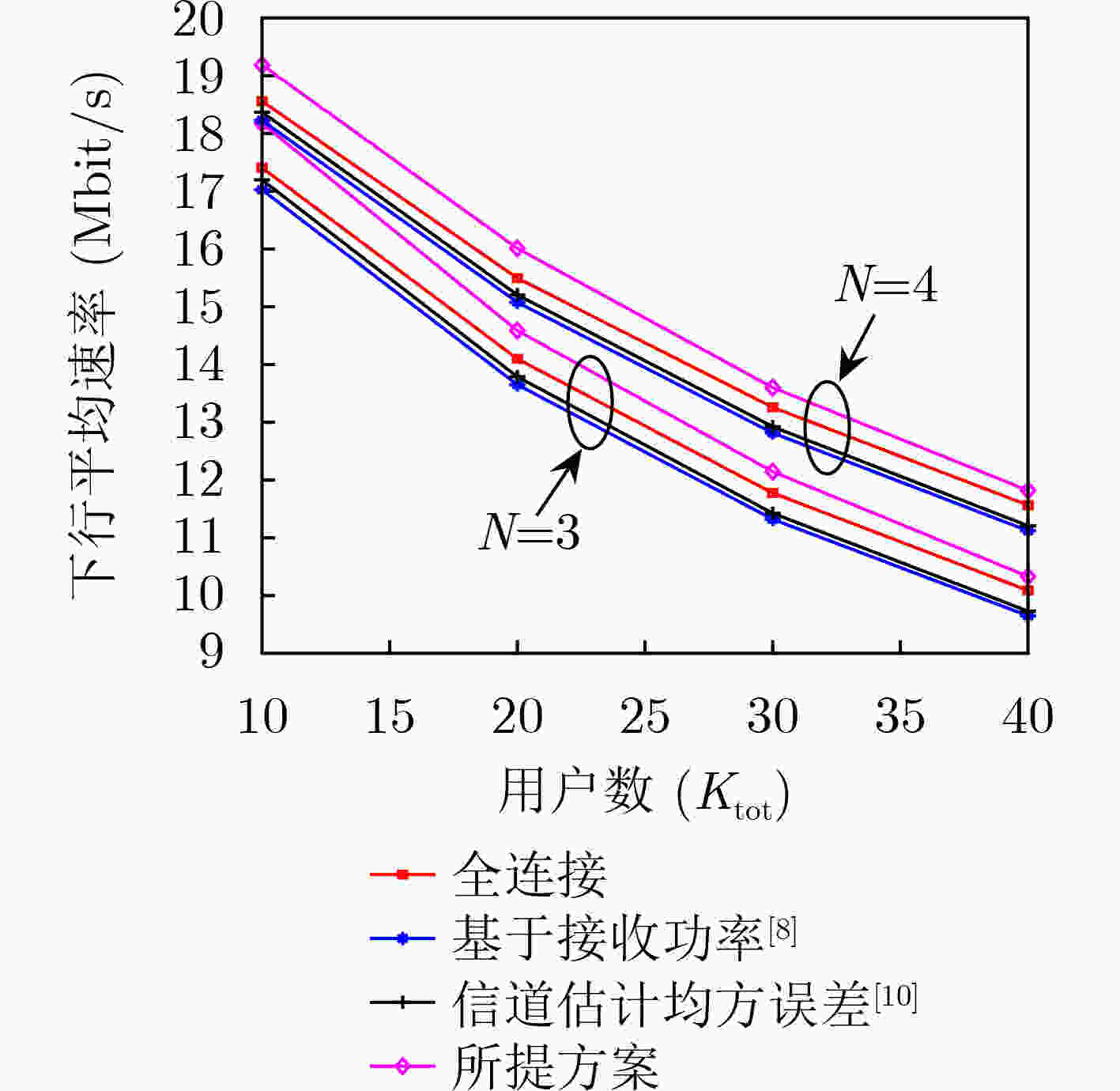


 下载:
下载:
